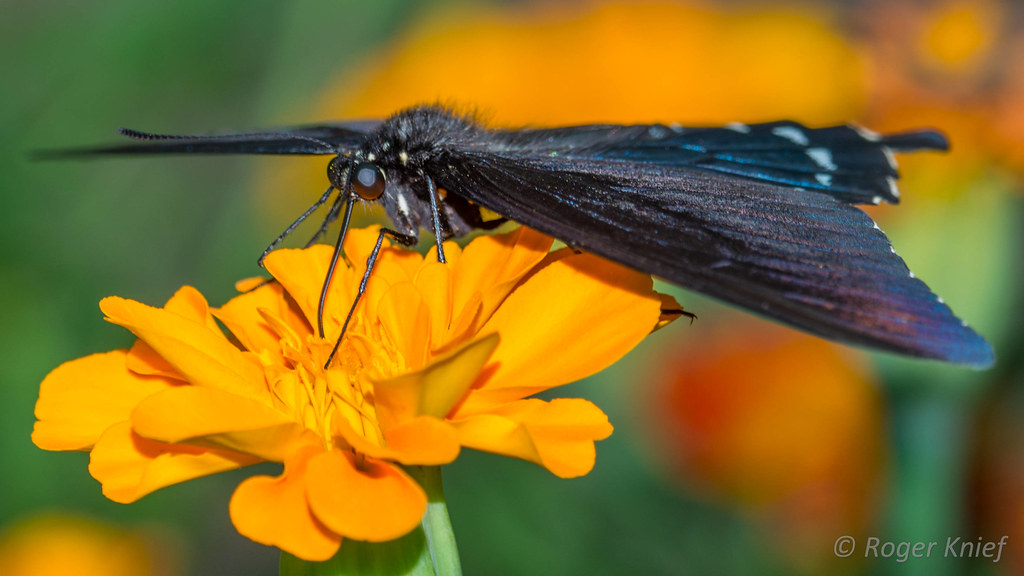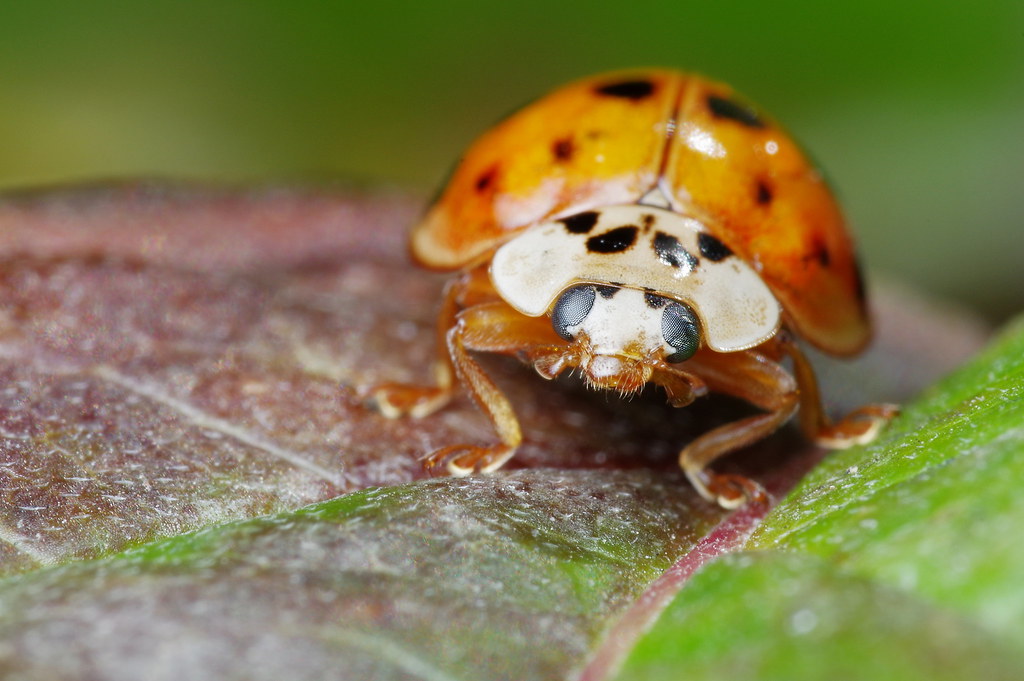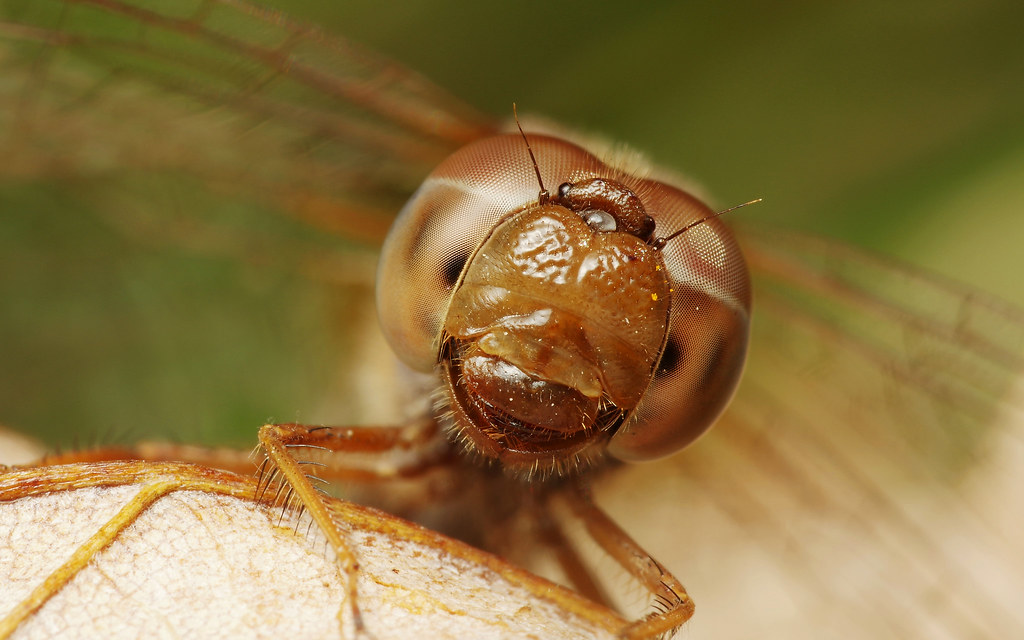 Originally posted by WPRESTO
Originally posted by WPRESTO 
as someone who collected insects when I was a kid
That's my experience in central Illinois as well. Loads of insects to collect in the '60s & '70s. We were even required for HS biology to make collections, and the ones with the highest number of unique insects in good condition got the highest grades. Sadly, I find myself kindly asking children not to do the collecting and chasing I so dearly enjoyed. Most when they hear the reasons are happy to comply.
When we drove from IL to KS and OK once a year to visit relatives, there were always a couple monarchs or swallowtails in the car's grill at each stop. I always checked. Sometimes there were a whole bunch. The only adult monarch I saw this year was in a butterfly house.
The war on milkweed and weeds in general continues. I grew up in a rural farming area. From the perspective of many farmers, the eradication of the the milkweed is a cause for celebration, and the loss of the monarch a sad unfortunate consequence. Before the advent of high powered pesticides, I was paid to walk bean rows and physically remove weeds. Strong stemmed weeds like milkweed could get into the head of the combine and literally stop it cold, and in extreme cases, result in broken machinery, and a loss of harvest due to droppage or weather as the harvest just waited in the field. Seed from weeds contaminate the harvest which results in a much lower price per bushel. No one was paid to walk the ditches and roadside to take out the weeds. So a lot of habitat survived for years beside the fields.
Today farmers use efficient herbicides. Corn and beans are engineered to resist the herbicides. The rows are mostly clean when you look down them. Roadsides, ditches and un-farmable areas of fields are more often sprayed. There are few farmers who can afford to hire manual labor to remove weeds--as was the practice when I was a child. Farmers complained back in the '70s when I walked that they could not find people willing to do the job.
Bottom line, if milkweed and monarchs, and other weeds and the insects they produce are to survive, I think folks need to be intentional about planting these species on their own property, even if the result is not as "pretty as a bed of roses." We need to produce habitat in parts of our own yards. This could be as simple as "what insects do I like?" and "what plants are necessary to feed them?" Next time something is munching our plants, let's take the time to find out what is munching. We might decide that the munching is not such a bad thing, and be willing to share a few plants!




 Similar Threads
Similar Threads 











 And, unsurprisingly, the authors call for further research to accurately pinpoint causes.
And, unsurprisingly, the authors call for further research to accurately pinpoint causes.













